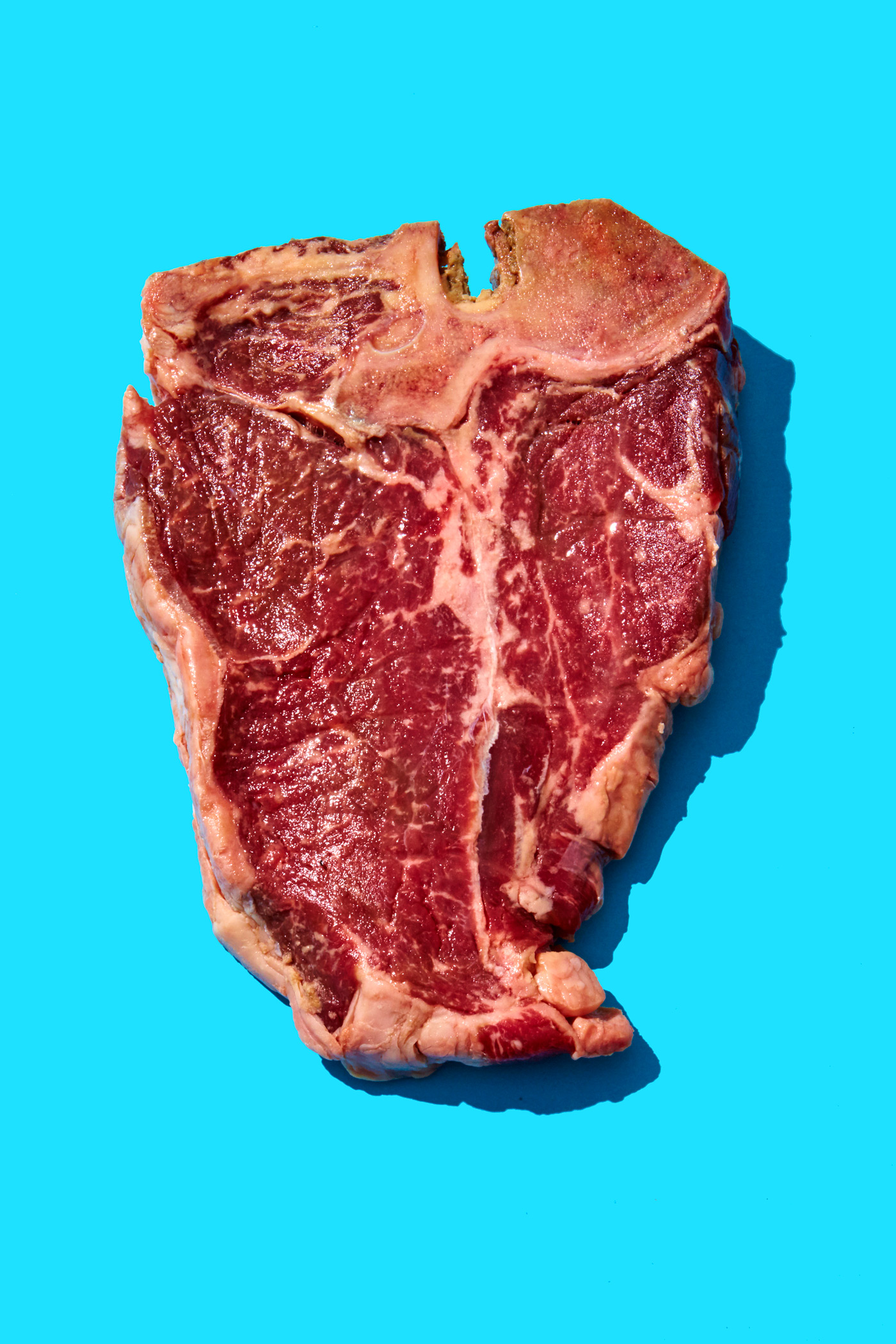
Americans are hungry for some good news about nutrition. When the average diet of a nation is actually abbreviated to SAD—the Standard American Diet—well, who wouldn’t be?
Finally, it appears, there are some positive findings on the food front. A study just published in JAMA analyzed a set of nationally representative surveys, in which people were asked what they ate in the last 24 hours, from the years 1999 to 2012. The authors discovered that parts of the U.S. diet have, in fact, improved over that time span.
The improvements were not exactly brag-worthy, however, and there were disparities based on income.
The percentage of Americans who had what the authors determined to be “poor diets” declined, but from a colossal 56% to a still-high 46%, proving that the vast majority of Americans still don’t eat an optimal diet.
The biggest changes: Americans are reporting that they eat more whole grains, as well as slight increases in their consumption of nuts and seeds and yogurt, while consuming less sugary drinks, white potatoes and refined grains. At the same time, the authors found no improvements for many types of food, including those found to be most crucial to health. Over the years, the total number of fruits and vegetables Americans ate didn’t budge, and they didn’t eat any less meat, processed meat or sodium.
“Americans are slowly getting the message about the crucial role of diet and health,” says study author Dr. Dariush Mozaffarian of the Tufts Friedman School of Nutrition Science and Policy. “But this message is reaching people unequally and slowly.”
The picture got even bleaker when the authors looked at who ate what in America. White Americans shined up their diets the most, while improvements in minority groups and lower-income groups were smaller. Some racial groups even increased their intakes of certain unhealthy foods: black Americans ate more white potatoes, while Mexican-Americans ate more refined grains. “Specific foods were Achilles’ heels for different racial groups,” says Mozaffarian. Minority groups and lower-income groups are often the targets of aggressive marketing campaigns for fast foods and highly processed food, he adds.
And what of that good news about nuts and fruits? Those improvements largely depended on the level of a person’s education and their income. “There were gaps to start, and the gaps are getting bigger,” Mozaffarian says.
The results of the study highlight the fact that America needs to address its very serious issues with food. “We have to move beyond dietary guidelines and education and food labeling and really think about strong government policies to make the food system healthier for everybody,” Mozaffarian says. “We have strong policies about safety for cars, about safety for toys, about safety for workplaces and offices we come to, about car seats, about seat belts. And yet we have very little strong government policy about overall healthy foods.”
Doing so will be key to making a dent in rates of chronic disease, like obesity. “It’s a crucial issue for the health of our country, so government needs to take an active role and industry needs to really take this seriously,” Mozaffarian says. “Because people are starting to change their diets, and the industry needs to follow.”
More Must-Reads from TIME
- Donald Trump Is TIME's 2024 Person of the Year
- Why We Chose Trump as Person of the Year
- Is Intermittent Fasting Good or Bad for You?
- The 100 Must-Read Books of 2024
- The 20 Best Christmas TV Episodes
- Column: If Optimism Feels Ridiculous Now, Try Hope
- The Future of Climate Action Is Trade Policy
- Merle Bombardieri Is Helping People Make the Baby Decision
Write to Mandy Oaklander at mandy.oaklander@time.com